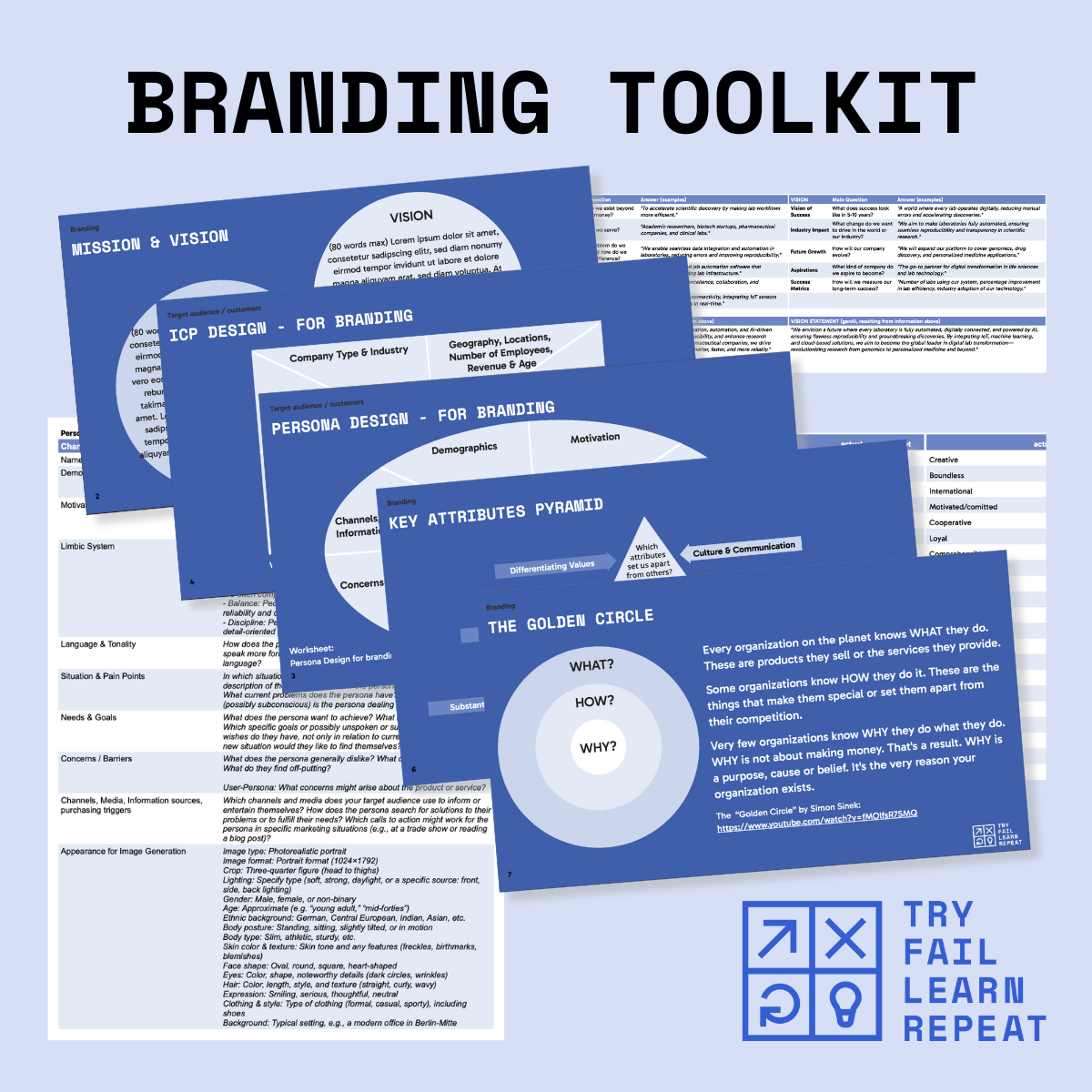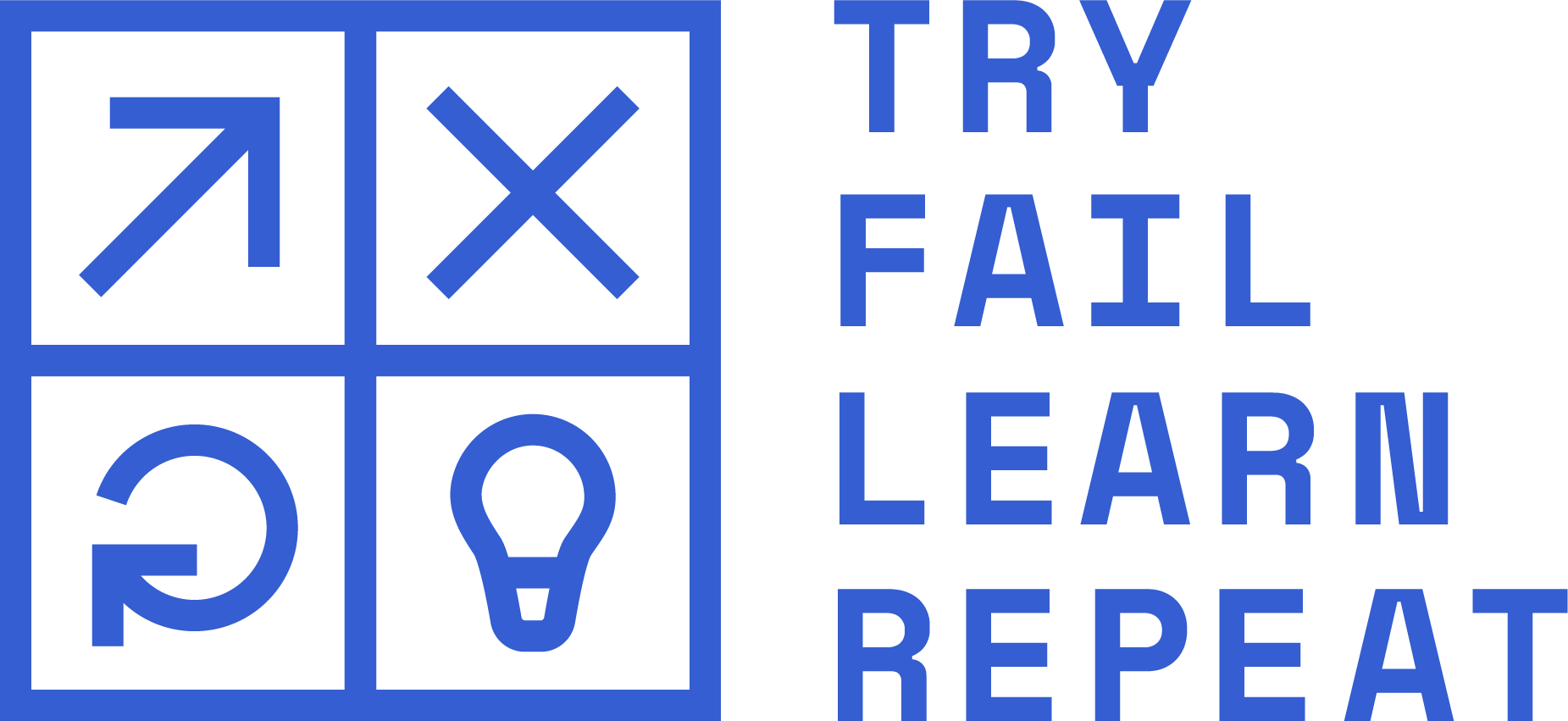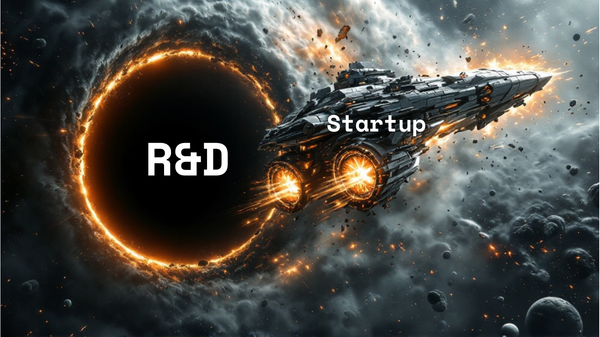Branding I: Branding is Strategy

Branding isn’t just about a name and a nice logo. At least, it shouldn’t be.
Many founders believe branding is primarily about choosing a catchy name and picking out colors and fonts. But true branding runs deeper — it’s a strategic process that, when done right, creates alignment, purpose, and clarity across the entire company.
So let’s take a step back. Before we dive into logos and shapes, let’s talk about strategy.
Strategy First, Always
When you’re just starting out, everything often falls into place almost magically. You know your product, your customers, your market. Maybe someone on your team has a good eye for design, and you land a logo and name that feels just right — for now.
But that early-stage alignment is often an illusion.
As your company grows, teams expand, customers diversify, and your story gets fuzzy. What once felt instinctively right starts to break. And that’s when branding becomes more than a design project — it becomes a strategic necessity.
I learned this the hard way.
A Branding Mistake (And What We Learned from It)
When we rebranded from Labfolder to Labforward, we thought we just needed new names and logos to match our expanding product portfolio. We hired freelance designers and jumped straight into aesthetics.
We burned through two or three designers.We got logos. We got colors.But we didn’t get a brand.
Eventually, we turned to branding expert Florian Caspers. And that’s when the process took a sharp turn — away from visuals and deep into strategy.
No colors. No shapes. Just questions.
We interviewed 20+ stakeholders — customers, partners, internal team members. We mapped perceptions, defined values, clarified our purpose. Only after weeks of groundwork and two workshops did we begin to see the first visual drafts.
But when we did, it was clear we were on the right track.
Every visual had a strategic foundation. Every design choice could be discussed meaningfully — because it was based on shared understanding.
The BMW Moment
One moment really stuck with me. Florian shared a story about BMW’s internal brand conflict.
For decades, “Freude am Fahren” — sheer driving pleasure — was their identity. But with the rise of autonomous driving, internal tensions surfaced. Innovation teams pushed toward a future without a steering wheel. Marketing held onto the emotional connection to driving.
Two powerful visions — but they couldn’t coexist.
That hit home. We had acquired another company, expanded into new markets, and built a more diverse team. The one story I had in mind wasn’t the only one anymore. Different people saw different things in the company.
Branding helped us bring them all together.
How to Get Branding Right from the Start
If you're still early-stage, you don't need to bring in a branding agency immediately. You can do a lot yourself, especially if you follow a structured approach. The key is to start with strategic clarity — not aesthetics.
Here are some of the foundational elements I suggest developing before you start thinking about your visual identity. In my Branding Kit (available for download here for TFLR members) the end of this article, you’ll find templates and worksheets that can help guide you through each step.
Mission & Vision
Your mission defines what you do and why you exist. Your vision is a statement of where you want to be in the future — and what impact you want to have on your industry or the world.
Together, they provide the foundation for your story and decision-making. They also help external partners — designers, marketers, even potential hires — understand what you’re trying to achieve.
In my Branding Toolkit, you’ll find a worksheet that can help you break this down into manageable questions: Who do we serve? What problem do we solve? What’s our unique approach? You can also feed these questions to the genAI of your choice for technology-driven reflection. And once you've completed the questionnaire, feed it back to the AI to generate shorter mission & vision statements, company briefs, and more.
Personas & ICPs
Personas and Ideal Customer Profiles (ICPs) help you understand and define who your brand is actually for.
ICPs describe the types of organizations who benefit most from your offering. Personas bring those users or customers to life — including their motivations, tone of voice, daily routines, and challenges. For B2B, you need ICPs and maybe some personas to illustrate who in those organizations get in contact with your brand, in B2C personas alone will do the job.
These tools are widely used across product development, sales, marketing, and more. In this article — and in the accompanying worksheet — I focus specifically on how they help with branding.
When your team aligns on who your audience is, it becomes much easier to have productive discussions about naming, tone, and visual identity. The worksheet included in the Branding Kit helps guide that alignment.
Values
Your values guide how you work, what you stand for, and how your team interacts — internally and externally. They influence culture, leadership, and communication — and are crucial in shaping your brand's personality.
One exercise I often recommend is clustering your values into three groups:
- Values that differentiate you from others in your space
- Values that describe how you work and collaborate
- Values that are essential for success in your market
In the downloadable worksheet in my Branding Kit, I’ve outlined a way to work through these clusters, using prompts that help teams get beyond buzzwords.
The Golden Circle
Simon Sinek’s Golden Circle model breaks your brand’s core into three elements:
- Why: Your purpose — beyond profit
- How: Your way of delivering value
- What: Your product or service
It’s a powerful tool to distill your brand’s essence and build a consistent story. If you’ve already worked through your mission, vision, values, and personas, this step brings it all together.
Visuals & "Bildwelten"
Once your strategic foundation is set, it’s time to think visually. But don’t jump straight into logo design. First, create what’s sometimes called a “Bildwelt” — a visual world.
This isn’t about final designs. It’s about collecting everything that visually expresses:
- Your mission and vision
- The environment your customers operate in
- Logos or identities of competitors and partners
- Examples of styles and moods you admire
- Visual metaphors that express your values or aspirations
Think of it as a strategic mood board. It’s a reference point for any future creative work — and a way to align your team around the visual direction before hiring a designer or agency.
Conclusion: Strategy, Then Identity
To sum up:
- Branding is about shared understanding — inside and outside your organization.
- Strategic alignment comes first, visual identity second.
- The more clarity you build early, the more coherent and compelling your brand will be in the long run.
If you're starting this journey yourself, I've put together a set of templates and worksheets that may help you structure your thinking and guide the process. They're available for download after sign-up.
In the next part of this series, I’ll explore how to give your brand a character — through analyzing the “sea of sameness”.






